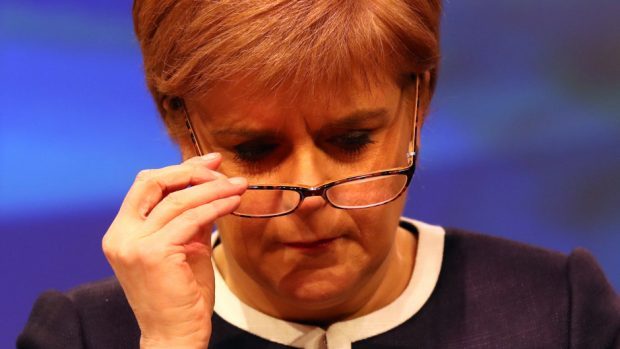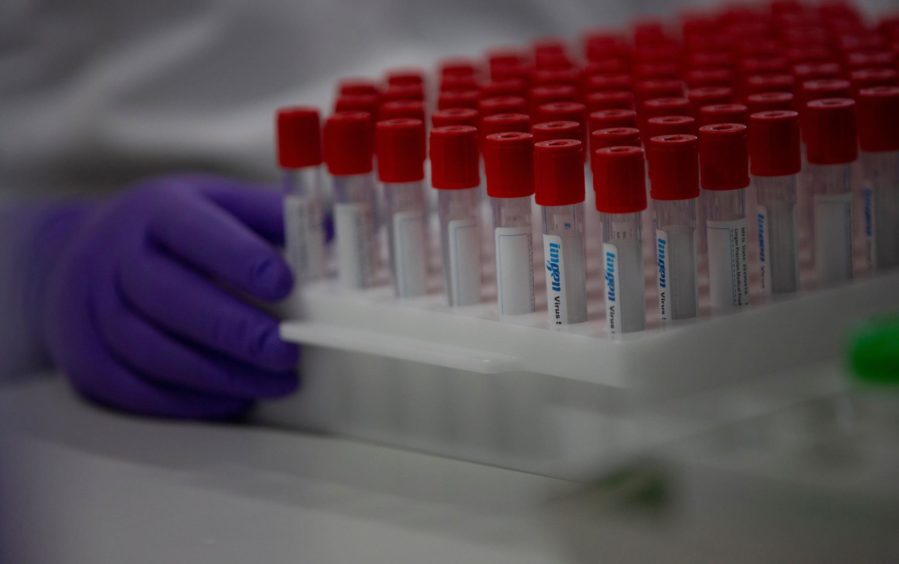Nicola Sturgeon has stood by her claim that the prevalence of Covid-19 was five times higher in England than in Scotland after concerns were raised to a data watchdog.
The first minister stated earlier this month the prevalence rate of the virus in Scotland was “several times lower – five times lower, based on the most recent data” than it was in the rest of the UK.
The comparison, which was repeated by Ms Sturgeon on several occasions, was branded “misleading” by oppositions politicians after data released by the Office for National Statistics (ONS) appeared to be at odds with the claim.
The Scottish Conservatives said the latest ONS figures actually suggested 0.025 per cent of people had the virus in England as of July 10. Just two days earlier, the SNP leader said the prevalence in Scotland was 0.028%.
The prevalence claim, which has played a central role in informing Scottish Government decision making, is now being looked into by the Office for Statistics Regulation after it found the source of the information was “unclear”.
The watchdog said: “Concerns have been raised with us about Scottish Government’s quantified comparisons of the prevalence of Covid-19 in Scotland and England.
“The data sources used by Scottish Government in making these comparisons are unclear and therefore we do not yet have evidence to support the validity of these comparisons.
“We continue to liaise with Scottish Government to clarify the basis for the statements and will share our view publicly as soon as we can.”
It is understood the UK Statistics Authority (UKSA) is also examining the claim after a former head of health analysis at the ONS highlighted a different methodology had been used to gather the numbers.
Ms Sturgeon was asked about the issue during her daily coronavirus briefing in Edinburgh on Thursday and whether she stands by the comparison.
She said: “I do stand by it. It may have changed by now – we have seen the prevalence continue to go down in Scotland – but I stand by the comments I made.
“In terms of where they come from, these are figures about prevalence. They are, I think, UK Government-derived figures. So perhaps the question is more appropriately directed to them.
“My understanding of the comments that have been made by the statistics regulator is around not that [the figures] are wrong but that the source is not published. They are UK Government figures as I understand it.”
The intervention of the OSR in the issue was welcomed by Scottish Conservative health spokesman Miles Briggs.
He said: “This update from the Office for Statistics Regulation is very welcome. We await their full findings.”
A spokeswoman for the Scottish Government said it was “legitimate to use the evidence that is available, including that from the London School of Hygiene and Tropical Medicine, to highlight differences in prevalence”.
She added: “We are working with the UK Joint Biosecurity Centre and Public Health England, and the other devolved administrations to improve the coherence around Covid-19 prevalence statistics and encourage this data to be made publicly available.
“Publishing this data is key as the decisions we are taking to ease lockdown restrictions while still suppressing the virus are based on prevalence data.”

